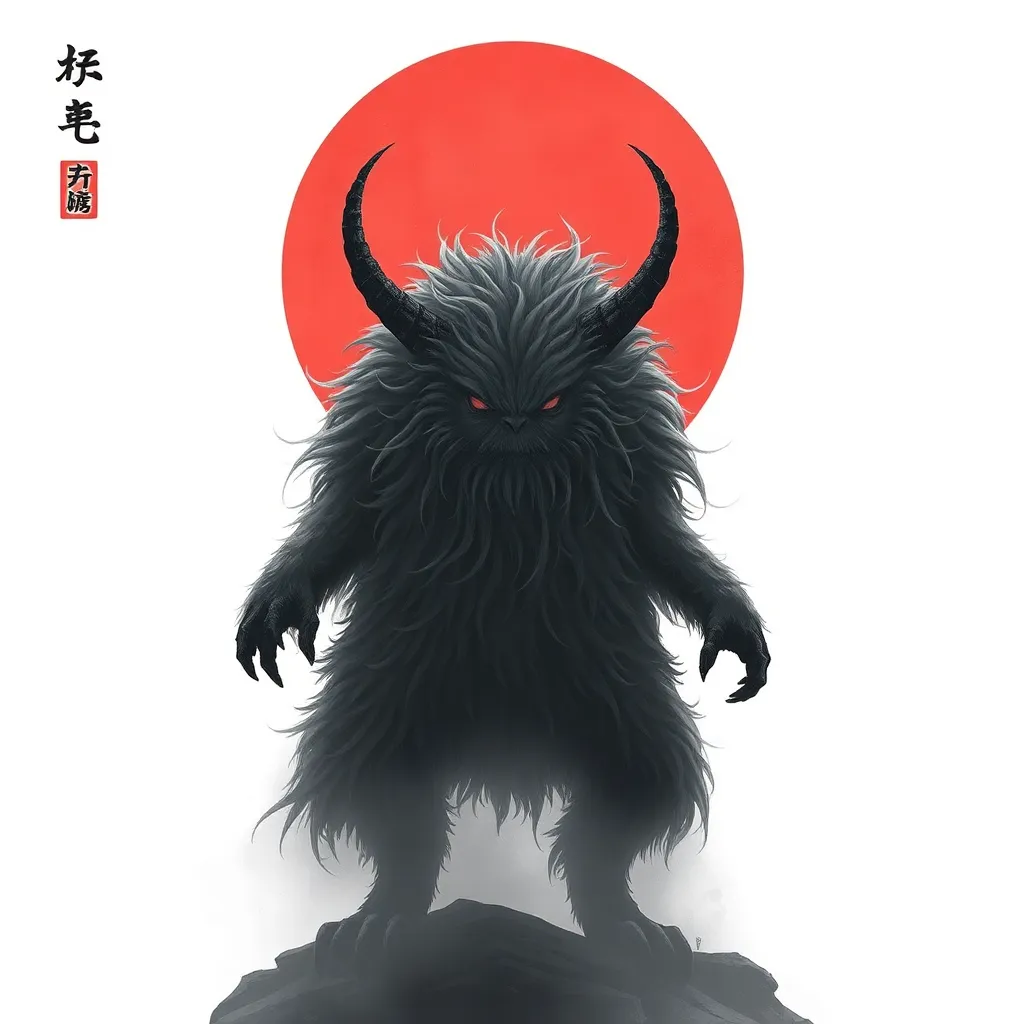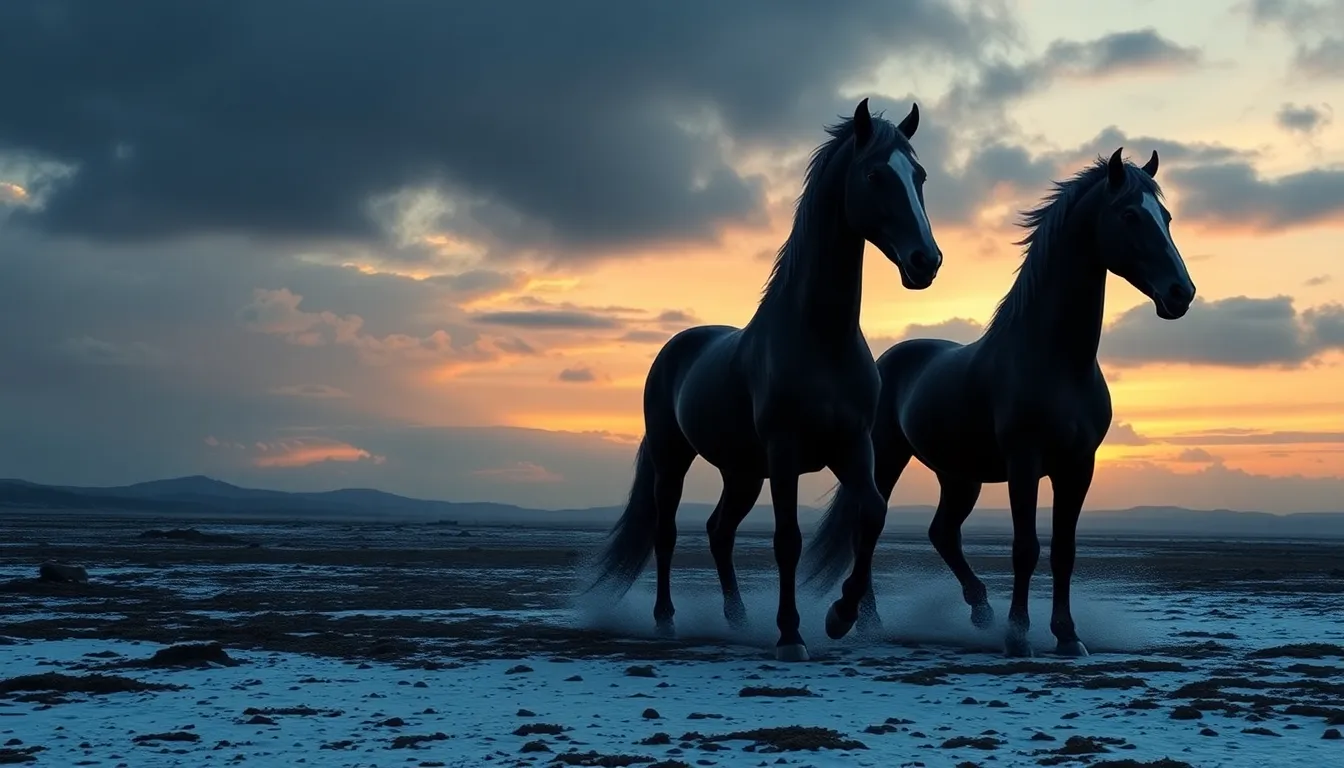The Simurgh’s Encounter with the Dragon: A Tale of Conflict and Resolution
I. Introduction
The Simurgh, a mythical bird of Persian origin, holds a prominent place in various mythologies, embodying wisdom, protection, and the connection between the earthly and the divine. In contrast, the dragon often symbolizes chaos, destruction, and conflict, serving as the archetypal antagonist in many cultures. This article delves into the intriguing encounter between the Simurgh and the dragon, exploring the themes of conflict and resolution that arise from their confrontation.
II. The Mythological Background of the Simurgh
The Simurgh is depicted as a magnificent, large bird, often associated with the Zoroastrian tradition. Here are some key attributes:
- Appearance: The Simurgh is often illustrated as a bird with colorful feathers, a long tail, and a majestic presence.
- Wisdom: It is considered a symbol of wisdom, possessing knowledge of the past and the future.
- Guardian: The Simurgh is seen as a protector of the natural world, often depicted as nurturing lost souls or guiding heroes.
In various cultural narratives, the Simurgh plays a vital role in helping characters achieve their quests, emphasizing its significance as a divine guide. Its symbolism extends beyond mere guardianship; it represents the interconnectedness of life, the balance of nature, and the importance of wisdom in overcoming adversity.
III. The Dragon: A Symbol of Chaos
Dragons, in contrast, are often characterized by their terrifying might and chaotic nature. Their attributes include:
- Power: Dragons are typically depicted as creatures of immense physical strength and magical abilities.
- Destruction: They are commonly viewed as harbingers of destruction and chaos, often wreaking havoc on the lands they inhabit.
- Antagonism: In many stories, dragons serve as the primary antagonists, posing formidable challenges to heroes.
Cultural interpretations of dragons vary widely. In Western mythology, they are often seen as evil creatures to be vanquished, while in Eastern cultures, they are revered as symbols of power and good fortune. This duality highlights the complexity of the dragon as a symbol of chaos and conflict.
IV. The Encounter: Setting the Stage for Conflict
The encounter between the Simurgh and the dragon occurs in a mystical landscape, rich with symbolism. Imagine a vast, ancient forest, where the sky is perpetually overcast, and the air is thick with tension. This environment serves as a backdrop for their confrontation, reflecting the struggle between wisdom and chaos.
As the story unfolds, the tension between the Simurgh and the dragon escalates. The Simurgh, embodying harmony and wisdom, seeks to protect the delicate balance of nature. Meanwhile, the dragon, driven by its chaotic instincts, threatens to disrupt this equilibrium.
The initial motivations of both characters are clear: the Simurgh aims to preserve life and order, while the dragon seeks to assert its dominance and unleash its destructive power.
V. The Conflict: Clashes of Ideals and Power
The nature of the conflict between the Simurgh and the dragon is not merely physical; it embodies a clash of ideals. The Simurgh represents wisdom, foresight, and the nurturing of life, while the dragon symbolizes raw power, chaos, and destruction. Their confrontation can be analyzed through several lenses:
- Power Dynamics: The dragon’s brute force challenges the Simurgh’s wisdom, creating a struggle that is both physical and philosophical.
- Symbolic Meanings: This clash represents the eternal struggle between chaos and order, ignorance and knowledge, and destruction and protection.
- Environmental Impact: The conflict affects the surrounding world, leading to turmoil in the natural order and suffering for the creatures inhabiting the landscape.
VI. The Turning Point: The Path to Resolution
As the conflict intensifies, key events unfold that lead to a shift in the dynamics of their encounter. In a moment of desperation, the Simurgh attempts to communicate with the dragon, seeking to understand its motivations and fears. This act of outreach becomes a crucial turning point.
Through dialogue, both beings begin to see each other’s perspectives. The Simurgh learns of the dragon’s loneliness and its need for recognition and power, while the dragon discovers the Simurgh’s deep connection to the natural world and its role as a guardian.
This moment of realization marks a significant change in their relationship, illustrating the importance of communication and understanding in resolving conflicts.
VII. The Resolution: A New Understanding
The aftermath of their encounter brings about a profound transformation. The Simurgh, having recognized the dragon’s pain, offers it a place in the balance of nature rather than as a destroyer. The dragon, in turn, acknowledges the Simurgh’s wisdom and agrees to temper its chaos with understanding.
This resolution not only alters the nature of their relationship but also serves as a lesson for the world around them. The surrounding environment begins to heal, symbolizing the restoration of balance and peace. Both the Simurgh and the dragon emerge from the conflict changed, embodying a new understanding of cooperation and coexistence.
VIII. Conclusion
The encounter between the Simurgh and the dragon encapsulates essential themes of conflict, resolution, and growth. It reminds us that even the most formidable adversaries can find common ground through understanding and communication. The enduring relevance of these mythological beings in contemporary narratives serves as a testament to the timeless human struggle between chaos and order.
Ultimately, the story of the Simurgh and the dragon underscores the importance of cooperation in overcoming conflict. It encourages us to seek understanding in our own lives, fostering a world where wisdom can prevail over chaos.



